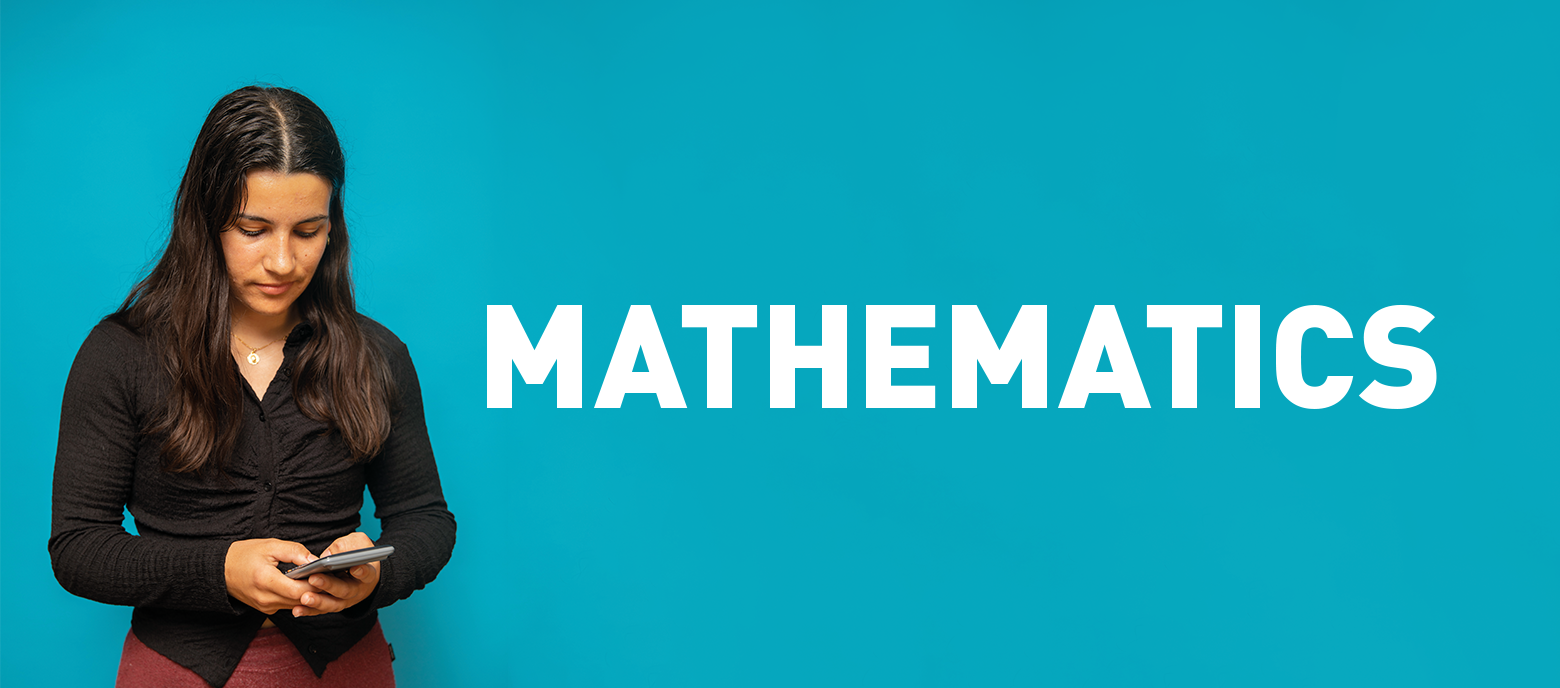Examination Board: Edexcel
Primarily, you should study this subject if you have enjoyed Mathematics up to IGCSE level. It is a challenging but interesting subject that not only builds on the work you will have met at IGCSE, but also involves new ideas that some of the greatest minds of the millennium have produced. The courses offered serve as very useful support for many other A-level subjects (e.g. Economics, Physics, Geography, Psychology, Biology and Business) as well as leading to sought after qualifications for the workplace and courses in higher education (particularly Engineering, Physics, Economics and Computer Science).
It is important that your numerical and algebraic skills are of a very high standard. You will need to enjoy problem-solving and be prepared to persevere when solutions are not obvious.
The new Mathematics syllabus at AS and A-level is divided into three compulsory branches:
Pure Mathematics (Core Maths)
At this level, you will be extending your knowledge of such topics as Algebra and Trigonometry, as well as learning some brand new ideas such as Calculus and Logarithms.
Mechanics
In Mechanics, you will learn how to describe mathematically the motion of objects and how they respond to forces acting upon them; from cars in the street to satellites revolving around a planet. You will learn mathematical modelling; that is, how to turn a complicated physical problem into a simpler one that can be analysed and solved using mathematical techniques.
Statistics
In Statistics, you will learn how to analyse and summarise numerical data in order to arrive at conclusions about the data. You will extend the work begun for IGCSE by using new mathematical techniques studied in the Pure Mathematics course.
A-level or AS?
Students now have the opportunity to take the full A-level or can elect to study the AS level across two years. The AS level consists of half the content of the A-level and is taught separately.




